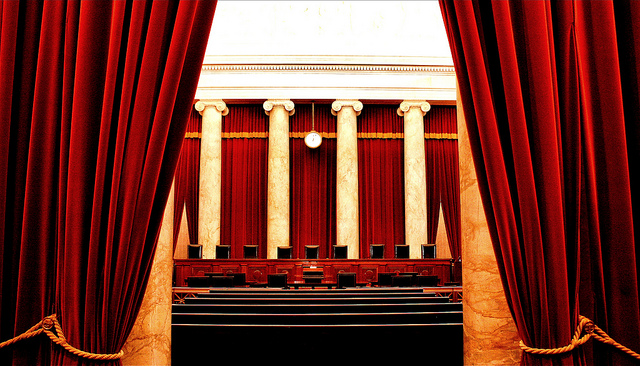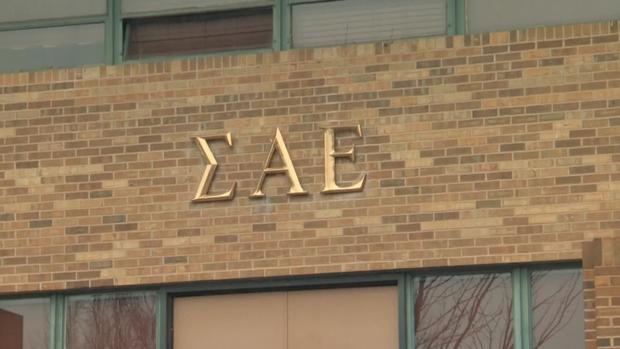Although widely discredited for a while now, the Rolling Stone has officially retracted its story on the gang rape at the University of Virginia following a report by the Columbia School of Journalism (you can read more about the Columbia report here). Ultimately, the Rolling Stone violated basic journalistic standards at nearly every stage of the process. Journalists and the field of journalism will need to learn the lessons from this event to improve journalistic practices and standards. However, I’m more concerned at the moment for what all this means for higher education.

Any time you have a national magazine write a story that received the attention that this story did, it should give us all pause. The fact that we now know this story was without evidence only raises more questions. Specifically, I see four areas to address when considering what the Rolling Stone’s failures mean for higher ed.





